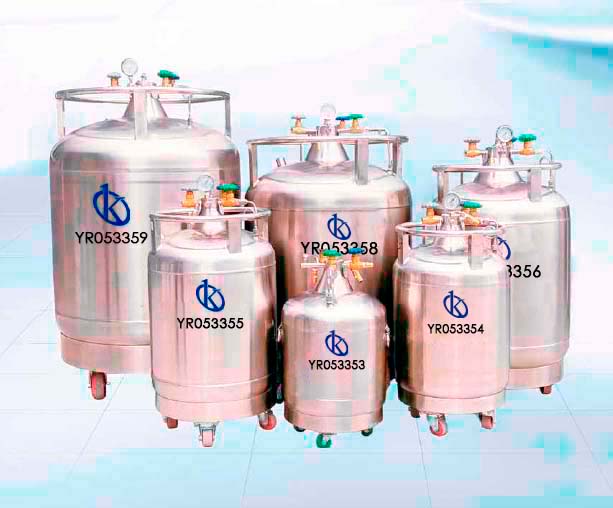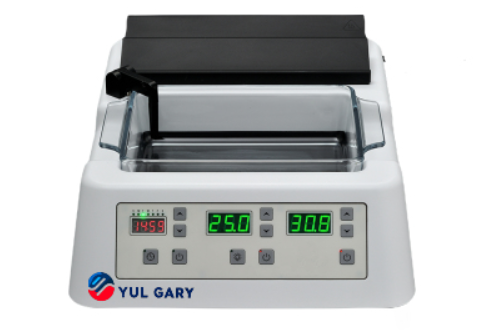There are now many products that contain gases or use gases for their production, so it is necessary to store these gases in cylinders or tanks under pressure, as in the case of nitrogen. Most gases are classified as compressed gases, according to some international standards.
The pressure at which the gases are compressed inside the tank is between 40 psi (pounds per square inch) up to 2,200 psi, although this is a function of temperature. Compressed gases pose a risk, since any damage to the device used to store the gas can cause it to be released violently even explosively. Therefore, it is very important that tanks are safe to prevent any type of accident, since handling gases involves the following risks:
- High pressure
- High diffusion coefficients, so the gas spreads very fast
- Some gases of a flammable nature have low ignition points and may burn or explode
- Low boiling points
- Some dangerous gases have no smell or color
What kind of gas is nitrogen?
Nitrogen is a chemical element, i.e., a specific chemical substance, and has as a chemical symbol N. Pure nitrogen has no color, smell or taste, and is not burned (it is inert under ordinary conditions). Nitrogen is a gas and makes up most of our air, as nearly four-fifths of air is nitrogen and only one-fifth is oxygen. We would suffocate in pure nitrogen, hence the name, but nitrogen also appears in many chemical compounds with other elements.
Nitrogen is very important for all living things. It is found in many nutrients, for example, in proteins. However, only a few very small organisms can use nitrogen from the air—for example, some bacteria. Nitrogen compounds are also found in the soil and help plants grow. Nitrogen can be used to:
- In the synthesis of fertilizers for plants, such as ammonia and nitrates
- Some nitrogen compounds are explosive
- Inflate car and airplane tires
- To foam the cream
- Preservation of wines and other drinks
- Like gas in the potato chip and cookie bags
- As a refrigerant, as it absorbs a lot of heat
The usefulness of nitrogen tanks
Nitrogen tanks allow to have the nitrogen content safely, for transport and storage, until the moment of use. Therefore, devices must be constructed of materials that resist high pressures and with the necessary attachments (valves and gages) to dispense nitrogen in a controlled and safe manner. Although nitrogen is an inert gas, and there will be no fire risk, this gas can move the air in a room and cause suffocation of people inside, this being the main risk of working with it.
Nitrogen tanks may contain nitrogen of different purity and denomination. In that sense, it can be achieved as compressed nitrogen of high purity (> 99%) or low purity (90%). High purity cryogenic liquid nitrogen is also available. These designations correspond to the end-use requirements that will be given to the gas, but in general it is always stored in tanks that guarantee its integrity, until the moment of disposing of its content.
Why select Kalstein’s nitrogen tanks?
Kalstein company is a recognized manufacturer of different equipment in different fields, and nitrogen tanks meet all the requirements of safety and suitability for applications both for food companies as well as for laboratories. They are made of very resistant materials, such as stainless steel.
In addition, all models come equipped with safety valves, as well as other valves that ensure both storage and release of gas. The pressure range ranges from 0.05 MPA to 0.15 MPA, with the pressure gage working range from 0 to 0.25 MPA. You can consult other technical details at the link HERE ,for purchase, price or simply request information. You can also visit the home page HERE , where you can find other products of interest.





